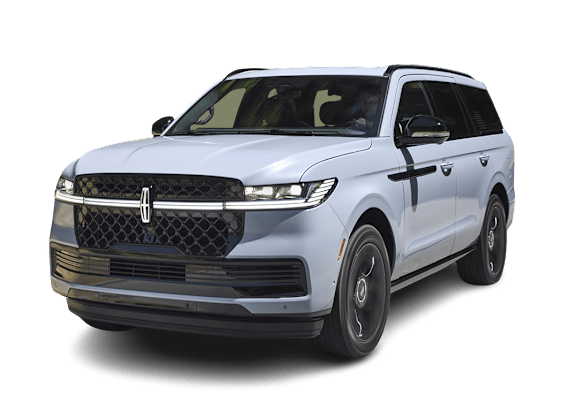Introduction
The 2025 Lincoln Navigator Doesn’t Fulfill Its Luxury PromiseCompromised comfort, controls, ride, and handling are at odds with the six-figure price
Overview
A vanguard of the 1990s luxury SUV movement, the latest Lincoln Navigator adheres to the formula of adding upscale amenities to a full-sized SUV. It remains a premium alternative to similar mainstream models—in this case, it is a luxury version of the latest Ford Expedition.
Ford redesigned the Navigator for 2025. Its freshened exterior is edged with refined lines and embellished with brand design cues, like the cross-hair grille that spreads into the headlamp housings, and the front fender garnish that extends into the doors.
Inside, the Navigator is dazzling. The new dashboard is a 48-inch display that sits atop a shelf and spans most of the vehicle’s width, across to the passenger side. The display is distinct from what we see in most vehicles, and it makes a striking showroom impression.
Cabin amenities include numerous pampering features, such as an audiophile-pleasing stereo, massaging seats, and multisensory relaxation modes that affect lighting, displays, and even scents to evoke zen.
As with the previous generation, the new Navigator is sold in standard- and extended-wheelbase configurations; the dimensions for both are essentially unchanged from the prior generation. Likewise, the updated interior has roomy accommodations for three rows, with useful luggage space behind the rear seats.
The Navigator is a vehicle well-suited to road trips, when passengers need room for a full load of passengers, cargo, and possibly even a sizable trailer. Given these mammoth proportions, however, the Navigator is out of its element in tight urban settings.
It is available in three trims: Reserve, Reserve with Jet Appearance, and Black Label. Each trim adds many features, laddering up to a spacious coach brimming with excess.
But with prices starting at $100,000, is the Navigator worth a six-figure price?
To experience the redesigned SUV and find out, Lincoln lent us a standard-length Navigator Black Label. With a few minor options, the total MSRP was $121,190
Because of the 2025 Navigator’s high price and low sales volume, Consumer Reports will not purchase one for our test fleet. However, anyone considering one should consult our review of the Ford Expedition we purchased, which shares much of the Navigator’s parts and design.
The final assembly point is Louisville, Ky.
It competes with the Cadillac Escalade, GMC Yukon XL Denali, Infiniti QX80, Jeep Grand Wagoneer, and Lexus LX600.























